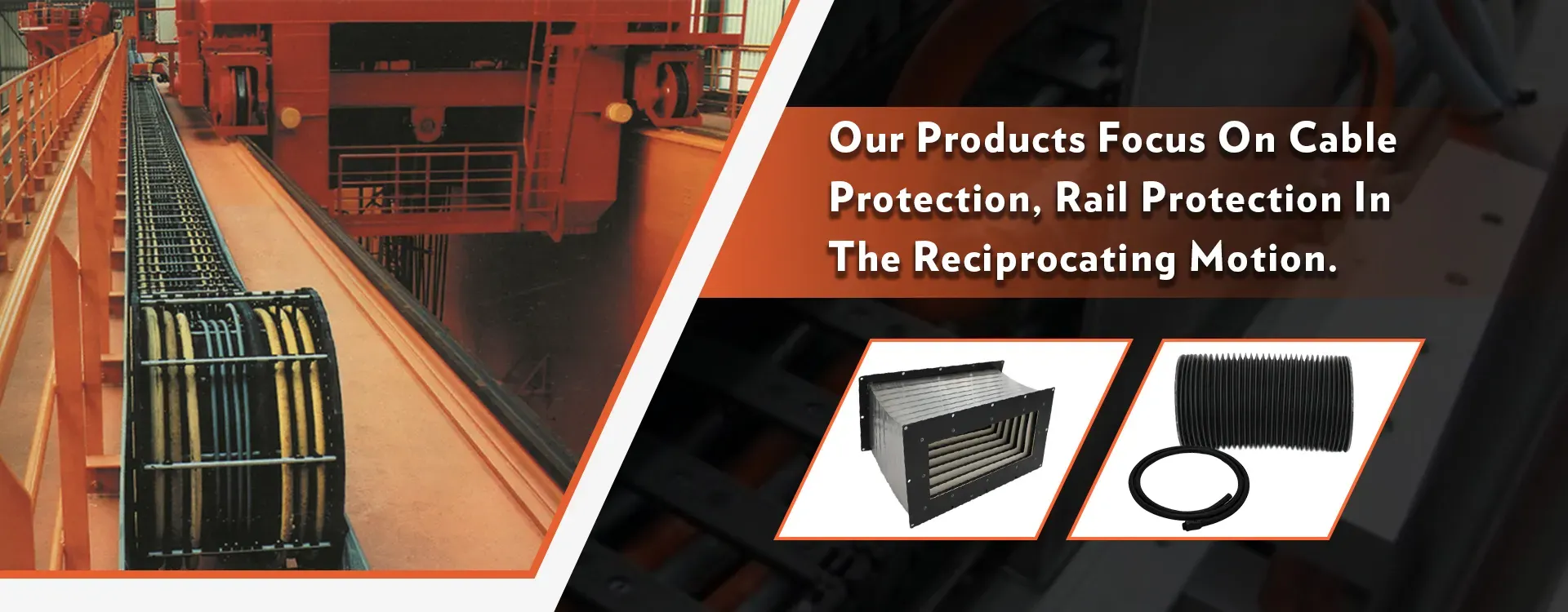cable carrier chain
Understanding Cable Carrier Chains A Comprehensive Overview
In the modern industrial and manufacturing landscape, efficient cable management is crucial for the smooth operation of machinery and equipment. Among the various solutions available, cable carrier chains, often referred to as energy chains or drag chains, have emerged as one of the most effective options. These chains facilitate the organized movement of cables and hoses while providing essential protection and support, particularly in dynamic applications.
What is a Cable Carrier Chain?
A cable carrier chain is a specially designed system that enables the safe and reliable transit of electrical cables, pneumatic hoses, hydraulic lines, and other flexible connections
. The design typically consists of a series of interconnected links that form an open channel through which the cables can move freely. This structure not only protects the cables from wear and tear caused by friction and environmental factors but also ensures they remain tangle-free during operation.Key Features and Benefits
1. Durability and Protection Cable carrier chains are constructed from robust materials such as nylon, plastic, or steel, capable of withstanding harsh environmental conditions like extreme temperatures, dust, and moisture. This durability prevents premature wear of the cables and minimizes downtime due to maintenance.
2. Flexible and Modular Design These chains come in various sizes and shapes, allowing for customization to suit specific applications. Their modular design enables users to create longer or shorter chains, making them versatile for different setups.
3. Motion Capability In industrial settings, machinery often experiences dynamic movement. Cable carrier chains are designed to handle multi-dimensional movement, ensuring that cables remain stationary during operation while allowing for smooth transitions as machines move.
cable carrier chain

4. Safety The use of cable carrier chains mitigates the risk of cable damage. By keeping cables organized and protected within the chain, the likelihood of snagging or tangling is significantly reduced. This is particularly important in environments with high mobility, such as production lines and robotic applications.
5. Ease of Installation and Maintenance Many cable carrier systems are designed for easy installation, allowing for quick setup and configuration. Additionally, they facilitate straightforward access to the cables for maintenance, minimizing operational disruptions.
Applications of Cable Carrier Chains
Cable carrier chains are utilized in a multitude of industries, including manufacturing, automation, robotics, automotive, and aerospace. They are commonly found in applications where equipment moves along a defined path, such as
- CNC Machines To manage the extensive electrical and coolant lines that are in constant motion. - Robotic Arms Providing cable management solutions that accommodate the dynamic movements of robotic systems. - Conveyor Systems Ensuring the integrity of cables as they move with the conveyor belt. - Stage Rigging In entertainment, where various lighting and sound equipment are maneuvered.
Conclusion
In summary, cable carrier chains play a vital role in modern industrial applications by offering an efficient solution for cable management. Their durability, flexibility, and safety features make them indispensable for any operation that involves moving machinery and dynamic environments. As industries continue to evolve and seek innovations that enhance productivity and safety, the importance of cable carrier chains will undoubtedly remain significant. By investing in the right cable management solutions, companies can ensure their machinery operates smoothly, safeguarding their investments and enhancing operational efficiency in the long run.








